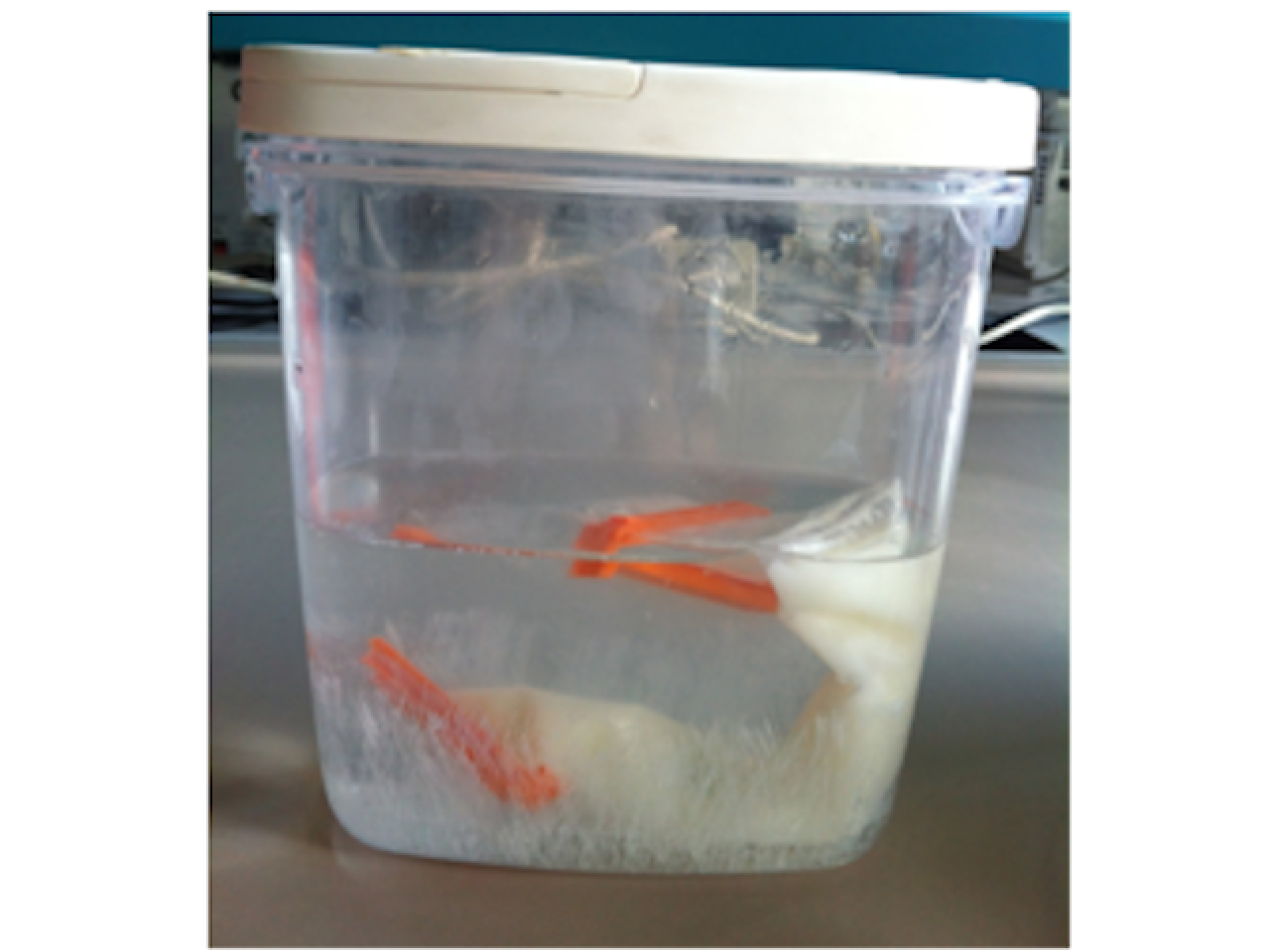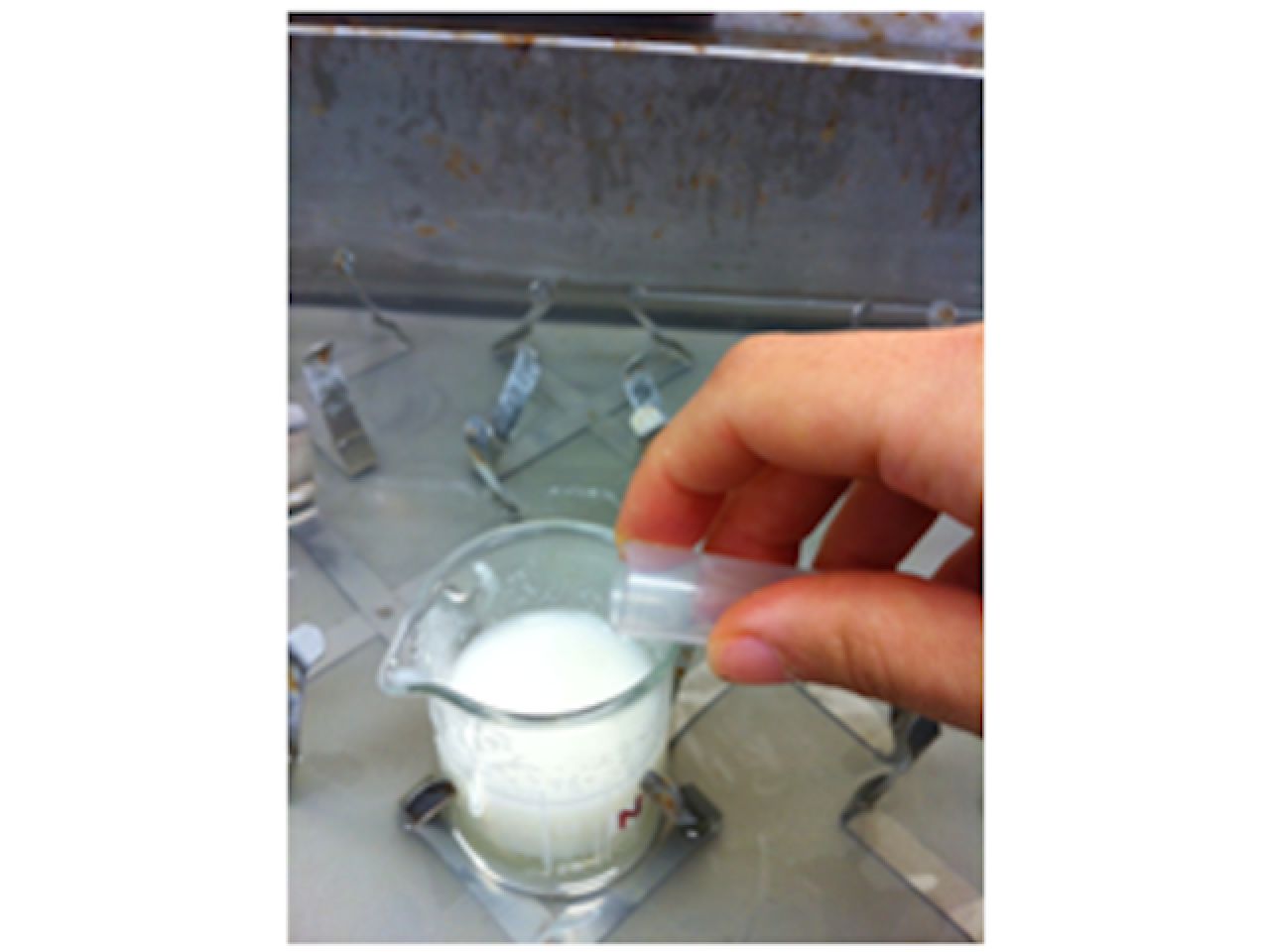The ability to study protein and starch component digestibility is essential in nutritional assessment of baby food products. In this connection, it is necessary to have a digestive model that simulates the weaning baby's digestive steps in the most complete way possible. This digestive model not only allows a product's digestibility to be studied, but also provides an assessment of the effectiveness that productive processes may have on improving the digestibility of raw materials and finished products.
 The consumer (weaning baby)
The consumer (weaning baby)
Various formulations of cereal flours obtained with various degrees of starch hydrolysis are used without having assessed how the presence of hydrolysed fractions may really affect the finished product's digestibility. Protein digestibility is assessed even less, despite a number of studies highlighting the possible formation - during the digestive process - of peptides with various biological activities. The availability of an in vitro model to mimic a weaning baby's digestive process will allow baby foods to be developed with proven and suitable nutritional features.
The development of an in vitro model to mimic a weaning baby's digestive process has a range of potential applications which concern: the study of protein and starch digestibility of products for infants the ability to assess the effect of technological processes on these products' digestibility the comparison between the digestibility of an industrial product with one obtained with domestic methods using the same raw materials
 The intestinal stage of the in vitro digestive process
The intestinal stage of the in vitro digestive process
Digestive model applied to the baby foods sector
To develop the digestive model that simulates the weaning baby's digestive system, we started from the digestive model developed for adults. In view of the fact that a weaning baby's digestive system is not completely developed yet, to assess the exact quantities of digestive enzymes to be used it was required to start from the amount of digestive enzymes secreted by an adult and after that assume - on the basis of available literature - the percentage of a weaning baby's enzyme activity compared to an adult's. The model developed entails all the digestive steps and all the enzymes involved and allows digestibility of any food product targeting this age range, either liquid or solid, to be studied. Within the scope of the research agreement with the company, the starch digestibility of flour-based products was studied. The digestive model is currently being studied and applied to starch products to assess their digestibility. This digestive model has been conducive to developing baby foods with suitable and optimal nutritional features, and has provided interesting information on the use of hydrolysed flour fractions and on their ability to affect products' digestibility.
Companies in the baby foods sector
This collaboration is to result in a publication, which will be the basis for any claim application.
 The gastric stage of the in vitro digestive process
The gastric stage of the in vitro digestive process

